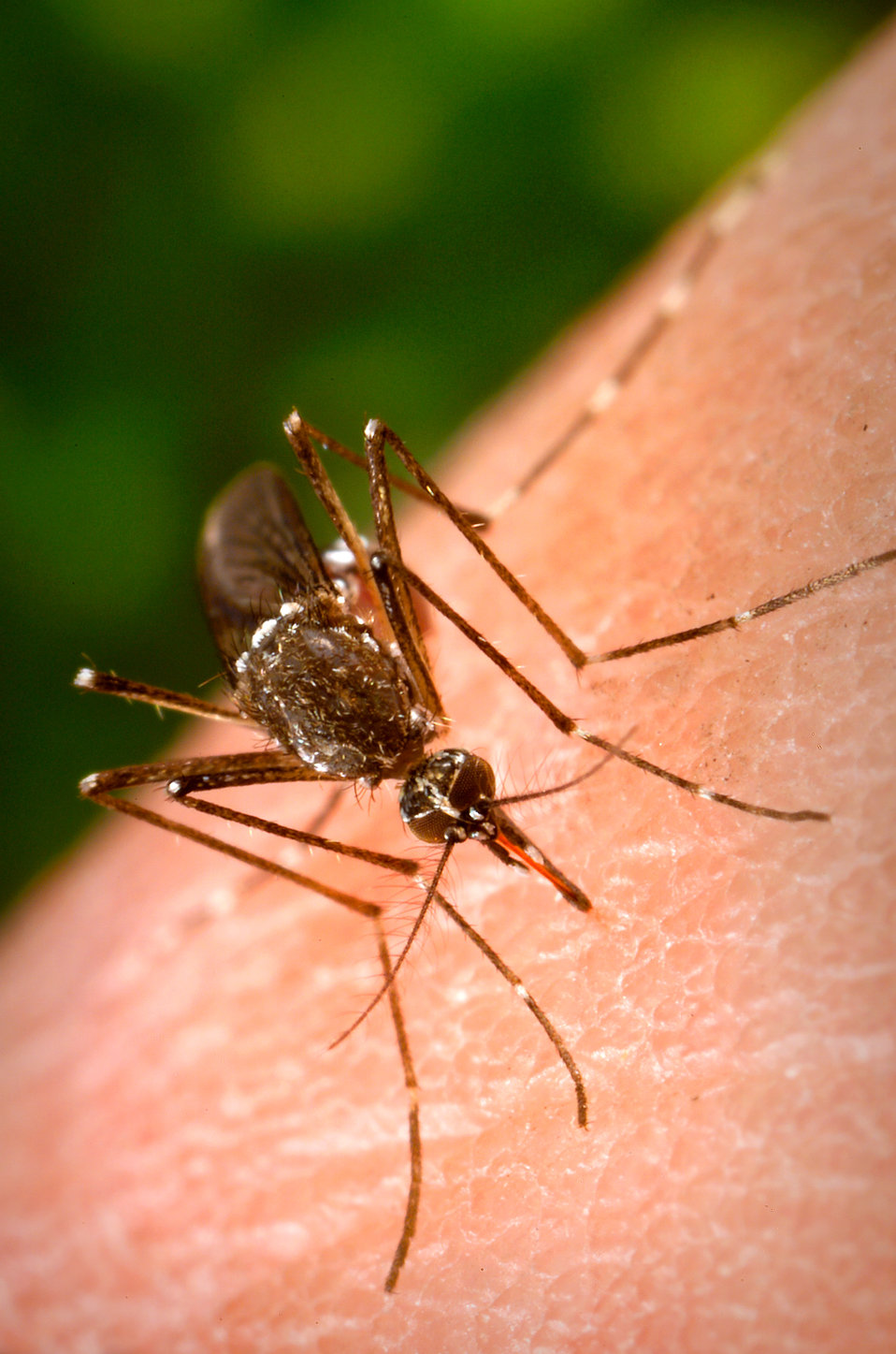Graphene-based films shield human skin from mosquitoes
Scientists have exploited graphene and its derivatives for all kinds of applications — the latest is to ward off the pesky mosquito
James D. Gathany/CDC
Have you ever found yourself irritated by mosquitoes in a hot and humid climate, despite the insect repellent you've repeatedly slathered all over your body? If chemicals don’t work for you, then perhaps graphene-based clothing may help!
Graphene is very unique as far as any material goes. Despite being only atomically thin, it is dense, electrically conductive, and 200 times stronger than steel. Scientists have exploited graphene and its derivatives (such as slightly oxidized graphene) for all kinds of applications; the latest yet is to ward off the pesky mosquito.
Researchers at Brown University exposed skin patches for five minute intervals to ~100 pathogen-free female Aedes aegypti mosquitoes (the bane of dengue fever, yellow fever, and Zika virus) and monitored their activity. The results showed that dry graphene oxide-covered skin never permitted a single mosquito bite, unlike the unprotected skin or cheesecloth-only controls, where bite numbers could range between five to 20. Fewer mosquitoes landed on protected skin, and even if they did, they never dawdled. From these observations, the researchers concluded that the graphene-based films masked the molecular signals mosquitoes needed to sense a live presence. Graphene’s impermeability essentially rendered human victims invisible to mosquitoes.
When the researchers smeared the graphene-protected skin with human sweat or water, mosquito landings were much more frequent. However, this time, if graphene-based films became too wet, they swelled and became porous—and the underlying skin became vulnerable to mosquito bites. Here, only the excellent mechanical strength of reduced graphene-based films (i.e. with reduced oxygen functionality) barred mosquitoes from reaching the skin layer to take a bite, showing that using reduced graphene-based films in wearable technologies can provide mosquito bite protection in both dry and wet conditions.

A mosquito in action.
CDC/ Prof. Frank Hadley Collins from the Public Health Image Library
Perhaps mosquito-bite prevention by graphene-based materials is not a surprising result. These materials have already been used in water filtration, for encapsulation, and to lace plastics and metals as a means to enhance overall mechanical strength. Graphene wearables have also generated much buzz as graphene’s electrical conductivity allows for the design of ‘smart clothes’, whilst its mechanical strength enables the fabric to accommodate stresses generated by body movement.
But to prevent mosquito bites is probably the most creative application yet. An overkill, perhaps? Nevertheless, it would be a tremendous relief to humans cohabiting with mosquitoes—we know how tenacious these pests can be.





















